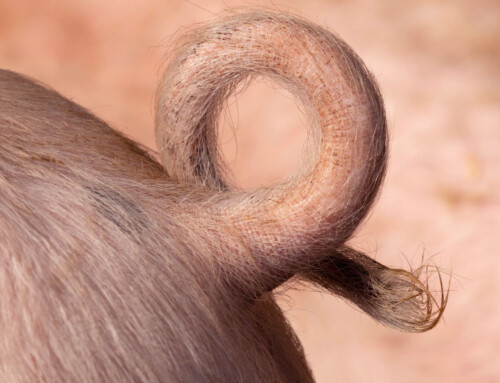
A middle-aged man presented after a motor vehicle collision with a logging truck at 55 miles per hour with low back pain. A computed tomography scan (CT) of the abdomen and pelvis at an outside facility showed a burst fracture of the third lumbar vertebra (L3). The patient had no other complaints. Given the fracture, additional CT imaging was done and the above finding was discovered.
After the incidental finding was found, the patient reported a nail gun accident three years prior where he thought it had just recoiled and struck him in the lip and nose, causing a lip laceration and a minor bloody nose. The patient was seen in the emergency department. The laceration was repaired, and he was discharged without imaging. The patient denied any significant residual symptoms or personality changes. The patient had no idea that a nail had discharged from the gun and lodged in his face and brain.





